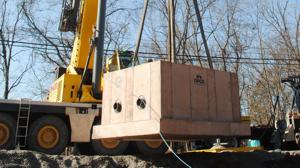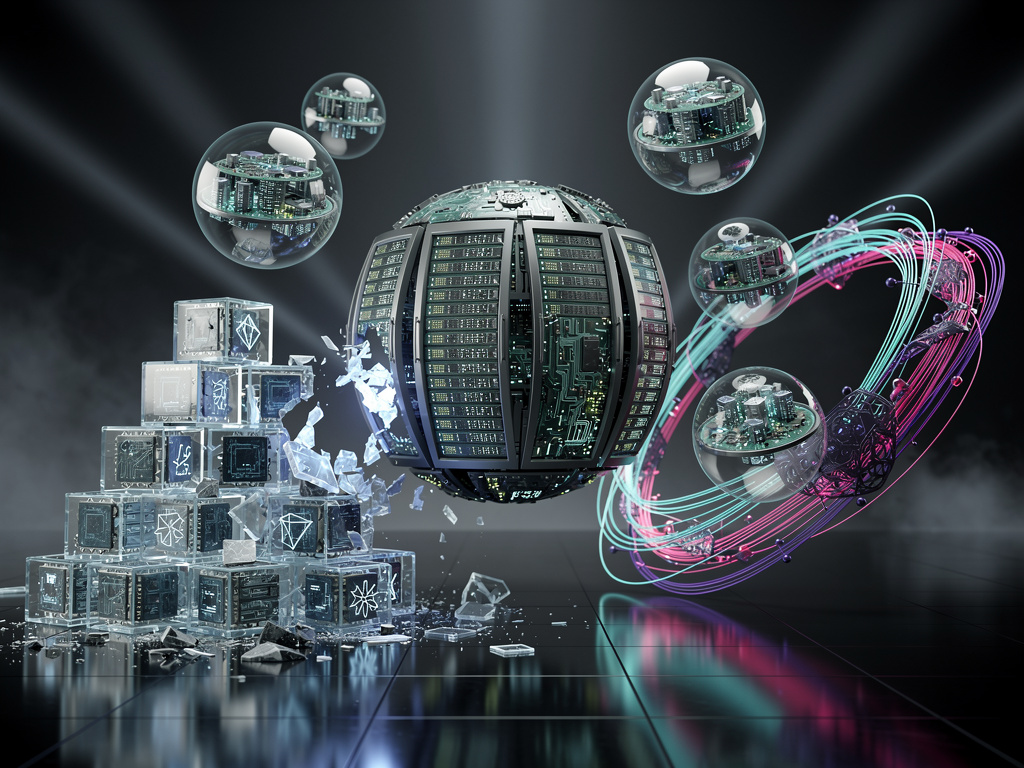In the realm of modern electronics, a significant shift is taking place with the emergence of spintronics, a field that harnesses the intrinsic property of electrons known as spin. Unlike traditional electronics, which primarily manipulate electric charge, spintronics utilizes both charge and spin, offering a new dimension in the way information is stored and processed.
Understanding spintronics begins with the concept of spin, a quantum property that can be likened to a miniature bar magnet. Each electron can be oriented in one of two directions: “up” or “down.” Traditional electronic devices ignore this aspect, focusing solely on the flow of charge. In contrast, spintronics introduces an additional layer of functionality, akin to adding a new lane on a highway for magnetic direction alongside the existing traffic of electric charge.
One of the earliest applications of spintronics can be found in modern hard drives, which utilize a principle known as giant magnetoresistance (GMR). This discovery, which earned physicists Albert Fert and Peter Grunberg the 2007 Nobel Prize in Physics, takes advantage of the alignment of spins in thin layers of magnetic and nonmagnetic materials. When these layers align in the same direction, electrons can flow freely, while opposing alignments increase resistance, allowing for data to be read not by visual cues but by measuring resistance.
Advancements in Memory Technology
Beyond reading data, spintronics has the potential to transform data storage with the development of Magnetic Random-Access Memory (MRAM). Unlike conventional RAM, which loses its information when power is cut, MRAM retains data, enabling computers to boot up almost instantly and operate with significantly reduced energy consumption. This durability and efficiency are crucial for modern computing, particularly in energy-conscious regions like Hawaii.
Researchers are now exploring ways to generate and manipulate spin currents without relying on magnetic materials. Materials such as graphene and topological insulators show promise in efficiently transporting spin over long distances. If these methods can be perfected, they could lead to devices that either replace or enhance existing silicon chips, which are nearing their physical limits.
The Future of Spintronics
As the field of spintronics progresses, its practical applications are becoming increasingly tangible. The benefits extend beyond mere speed; they encompass energy efficiency and sustainability, vital considerations in today’s digital landscape. Devices may not only shuffle charges through circuits but will also choreograph spins to operate faster and cooler, reducing overall power demand.
The implications of this technology are profound, impacting everything from personal computing to large-scale data centers. The quiet dance of electrons, spinning in harmony, signals a future where our digital devices are not only more efficient but also more intelligent. As highlighted by Richard Brill, a retired professor at Honolulu Community College, the advancements in spintronics promise to reshape our interaction with technology, leading to a more connected and sustainable future.
In summary, spintronics stands at the forefront of a technological revolution, merging the manipulation of charge with the innovative exploitation of spin. As researchers continue to explore its potential, the possibilities for faster, cooler, and more efficient devices are on the horizon, poised to enhance our increasingly digital lives.







